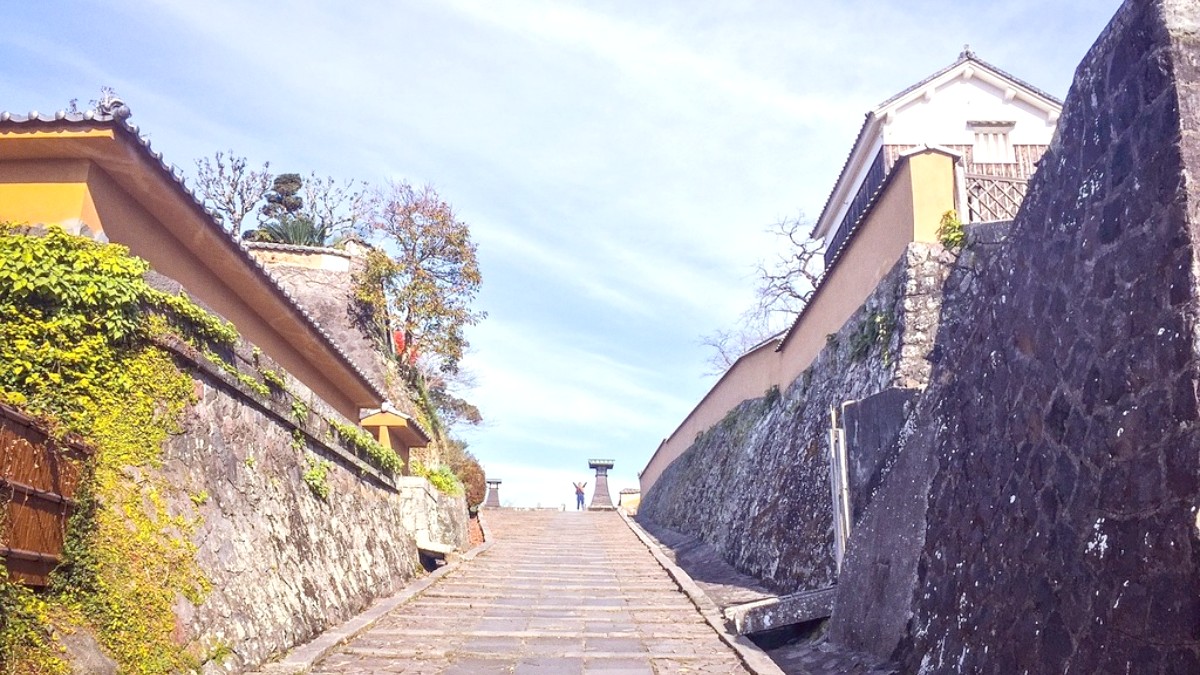
Kyushu, Japan
Kumamoto cuisine stands for its robust and hearty flavors, reflecting the region's strong agricultural foundation. Fertile volcanic soil and clear spring waters support high-quality produce and livestock.
The prefecture's coastal location also yields abundant fresh seafood. Historically, dishes evolved from practical ingredients available to local farmers and samurai, becoming signature delicacies like horse meat (basashi).
A signature delicacy, often eaten raw, sashimi-style. It has a lean, slightly sweet flavor.
Deep-fried lotus root filled with a pungent, spicy paste of mustard and miso. A distinct, zesty flavor.
Rich tonkotsu (pork bone) broth, often with char-grilled garlic chips or black garlic oil. Typically served with thick, straight noodles.
Raw horse meat sashimi, thinly sliced, served with ginger, garlic, and soy sauce. Lean, slightly sweet flavor.
Find at specialty basashi restaurants (e.g., Suganoya) or many izakayas.
Lotus root filled with pungent mustard, miso, and honey, deep-fried. Spicy kick with earthy sweetness.
Available at souvenir shops, local restaurants, and izakayas. Popular appetizer or souvenir.
Distinct regional ramen with rich tonkotsu broth, char-grilled garlic chips or black garlic oil. Thick, straight noodles.
Numerous ramen shops, including Kokutei Ramen and Aji-sen Ramen.
Steamed dumpling with sweet potato and red bean paste, a popular local snack. Find at sweet shops and souvenir stalls.
During local festivals, find typical Japanese street foods like takoyaki, okonomiyaki, yakisoba, and grilled skewers.
Refined culinary experiences mainly within luxury hotels or dedicated high-end restaurants in the city center. Exquisite Japanese cuisine (kaiseki, sushi, tempura) or international options.
Abundant throughout Kumamoto, especially around the Kamitori and Shimotori shopping arcades and Kumamoto Station area. Wide variety of Japanese cuisines: sushi, tempura, tonkatsu, izakayas.
Affordable, filling, and delicious meals. Ramen shops are excellent choices. Gyudon/donburi chains for quick, inexpensive rice bowls. Convenience stores for quality, inexpensive bentos and snacks.
A must-visit for food lovers. Sakura-no-kōji simulates an Edo-era town with local foods, sweets, and products.
Sample items, buy souvenirs, enjoy the atmosphere.
For fresh produce, local ingredients, and pre-made foods, a genuine glimpse into daily Japanese life and economical dining.
Often discounted items in the evenings.
Pizzerias and pasta restaurants
Bistros available
Various Chinese restaurants
Korean BBQ establishments
Finding genuinely gluten-free options in Japan poses difficulty. Soy sauce, miso, and many Japanese ingredients contain gluten. Many seemingly safe dishes may contain wheat.
Allergen labeling improves in supermarkets and some chains.
For celiac disease or severe allergies, carry a translated dietary card in Japanese that clearly details your specific allergies and severity.
Self-catering or researching specific restaurants with verified GF options recommended.
Halal and Kosher options remain very limited in Kumamoto, far less common than in major Japanese cities.
Look for vegetable tempura (confirm no dashi), some soba/udon (ask for dashi-free broth), rice dishes, and salads.
Visit local dairy farms to learn about regional agricultural practices and sample fresh, local products.
The prefecture has wineries, like Kumamoto Wine, which may offer tours and tastings, showing local efforts in winemaking.
Visit traditional produce markets in the Aso region to see local agricultural offerings and engage with local producers.
Local classes may focus on Japanese cuisine or regional dishes like ramen or Ikinari Dango. Inquire at the Tourist Information Center.
Hands-on learning about local specialties.
Explore local markets, specialty shops, or dining areas with a guide. Gain insights into ingredient origins and cultural food significance.
Often include tastings of local foods.
Keep an eye on local event calendars for seasonal food markets, especially in autumn, celebrating the harvest.
Occasionally, food fairs focusing on unique Kumamoto dishes like ramen or horse meat may occur. Check tourism websites for listings.
During major festivals, street stalls offer a range of casual, popular Japanese foods, for sampling different tastes in a festive atmosphere.
Exploring Kumamoto's culinary scene makes for a memorable trip. Consider these pointers for a pleasant dining experience: